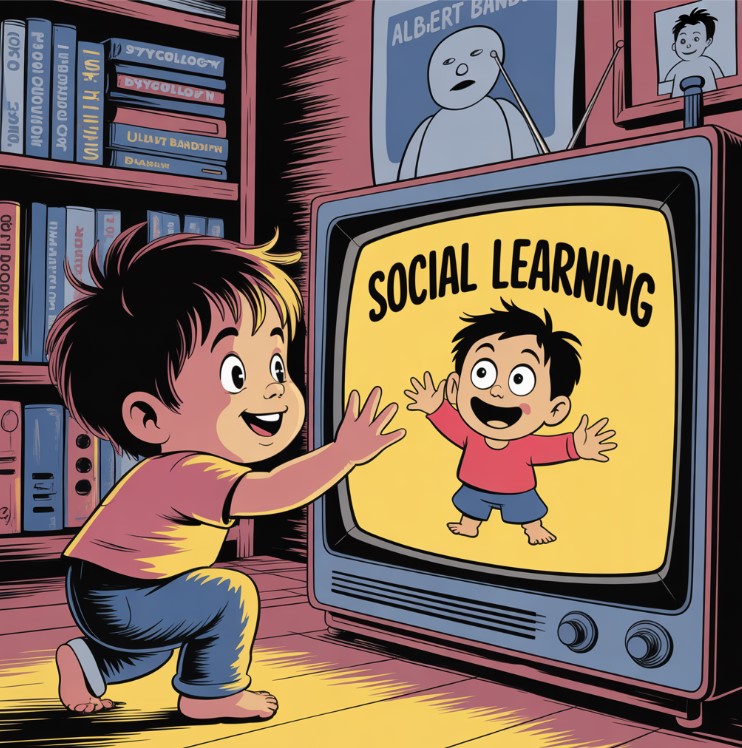Contents
This article provides seven practical examples of morals and ethics, showing how to apply ethics in daily life by shifting from personal virtue to a systemic understanding of justice.
The Common Understanding of Morals and Ethics
Morals and ethics are commonly understood as a personal code of conduct. This encyclopedia defines morals as an individual’s principles regarding right and wrong. Ethics refers to the rules of conduct recognized in respect to a particular group or culture. For most people, this understanding centers on core values. These values include honesty, respect for others, and empathy in personal interactions. This foundation is the starting point for ethical behavior.
The Question We’re Not Asking
The resource now poses a central question: Is being a good person enough in an unjust world? Our daily life is embedded in complex systems, including economic, political, and social structures. These systems have their own rules and produce outcomes that are independent of any single person’s virtue. The article’s thesis is that true moral and ethical behavior in society requires moving beyond individual virtue to challenge the systems we participate in.
A Roadmap for a New Morality
This guide provides practical examples of morals and ethics that reframe our understanding. It will explore seven shifts in thinking. This roadmap is a guide on how to live a more ethical life by focusing on systemic change.
The 7 Principles of Systemic Ethics
The core of this analysis contrasts traditional virtues with systemic ones. This comparison provides clear examples of how to apply ethics in daily life.
1. From Personal Honesty to Questioning Narratives
- The Traditional Virtue: Honesty is a fundamental moral value. It involves not lying to friends, family, or at work. This form of honesty is essential for trust.
- The Systemic Shift: A higher ethical duty is to critically analyze the “truths” presented by powerful systems. These systems include media organizations, corporations, and governments. Questioning official narratives is a form of systemic honesty.
- Practical Example: A company markets a product as “eco-friendly.” The traditional virtue is to not lie about the product’s features. The systemic ethical act is to investigate the company’s full supply chain, labor practices, and total carbon footprint. This challenges the narrative the company created.
2. From Individual Fairness to Analyzing Power
- The Traditional Virtue: The ethical principle of fairness means treating every individual you meet equally. This is a common way to show respect for others.
- The Systemic Shift: True fairness requires recognizing and correcting for systemic privilege and historical inequality. It means understanding that not everyone starts from the same place. This requires analyzing power structures.
- Practical Example: A manager is hiring for a new position. Individual fairness involves reviewing two résumés without personal bias. Systemic fairness involves creating hiring policies that actively counteract societal biases in access to education, wealth, and professional networks.
3. From Individual Solidarity to Collective Action
- The Traditional Virtue: Individual acts of kindness and empathy are important. Donating to a food bank or helping a neighbor are examples of personal solidarity.
- The Systemic Shift: These acts treat the symptoms of a problem, not its root cause. A more ethical approach is collective action to change policy. Collective action addresses the sources of problems like poverty and food insecurity.
- Practical Example: Donating canned goods to a food drive is an act of individual solidarity. Joining an advocacy group that campaigns for a living wage or supporting policies that ensure affordable housing is an act of collective action. The latter seeks to eliminate the need for food drives.
4. From Personal Recycling to Challenging Consumption
- The Traditional Virtue: Recycling is a common example of ethics in environmentalism. It is a personal action to reduce waste.
- The Systemic Shift: Focusing only on recycling can distract from the root problem. The core issue is an economic system built on endless consumption and planned obsolescence. The ethical shift is to challenge this system.
- Practical Example: Recycling a smartphone is a good personal habit. Supporting “right to repair” legislation is a systemic action. This legislation challenges a corporation’s control over its products, reduces electronic waste on a massive scale, and confronts the culture of consumption.
5. From Personal Integrity to Understanding Complicity
- The Traditional Virtue: Personal integrity means keeping promises and being reliable. Developing personal integrity and honesty is a key moral goal.
- The Systemic Shift: This introduces the concept of unwitting complicity. Our everyday choices, such as purchases and investments, can support harmful systems even if we have strong personal integrity.
- Practical Example: A person can have high personal integrity but still buy clothes from the fast-fashion industry. This industry is often built on the exploitation of labor and the environment. The systemic ethical act is to research brands, buy fewer items, and support companies with transparent and ethical supply chains.
6. From Respecting Diversity to Expanding the Circle of Concern
- The Traditional Virtue: Respect for the diverse people in our immediate community is a critical ethical value.
- The Systemic Shift: A globalized ethic demands we extend that concern to people we will never meet. It also requires concern for future generations who will be affected by our actions today, particularly regarding the climate crisis.
- Practical Example: Evaluating a new local factory. The traditional view might focus on local job creation. The systemic view evaluates the factory’s global environmental cost, the source of its materials, and its long-term impact on the climate for future generations.
7. From Personal Compassion to Seeking Systemic Justice
- The Traditional Virtue: Compassion is a vital human value. It is the act of feeling for another person’s suffering.
- The Systemic Shift: This principle differentiates compassion from justice. Compassion is a passive feeling, while justice is an active correction. Justice seeks to remove the cause of suffering by rebalancing power and changing structures.
- Practical Example: Comforting a friend who was unfairly fired is an act of compassion. Fighting against the discriminatory company practices or weak worker protections that allowed the unfair firing to happen is an act of justice.
Traditional Virtue vs. Systemic Ethics
| Traditional Virtue | Systemic Ethical Shift |
|---|---|
| Personal Honesty | Questioning Systemic Narratives |
| Individual Fairness | Analyzing Power Imbalances |
| Individual Solidarity | Engaging in Collective Action |
| Personal Recycling | Challenging Consumerism |
| Personal Integrity | Understanding Systemic Complicity |
| Respecting Local Diversity | Expanding the Circle of Concern Globally |
| Personal Compassion | Seeking Systemic Justice |
Frequently Asked Questions (FAQ)
Q1: What is the main difference between morals and ethics?
A1: Morals are an individual’s own principles of right and wrong. Ethics are external standards, provided by a social system, institution, or group (e.g., workplace ethics, medical ethics). This article argues for expanding our ethical framework to include the systems themselves.
Q2: What are the most important moral values?
A2: Traditional values like honesty, integrity, and respect are foundational. However, this article suggests that in today’s complex world, systemic awareness, critical analysis, and a commitment to justice are equally important moral values.
Q3: How can one person make a difference in a large system?
A3: One person makes a difference by shifting their focus from isolated acts to collective ones. This includes educating oneself and others, changing consumption habits, supporting ethical businesses, and joining with others in advocacy groups to demand policy changes.
What is Justice?: Crash Course Philosophy #40
Conclusion: Building a Better World, Not Just a Better Self
Personal morals are the starting point, not the final destination. The seven principles show a shift from personal honesty to questioning narratives, from individual fairness to analyzing power, and from personal compassion to seeking systemic justice. True moral and ethical behavior in society requires moving beyond individual virtue to challenge the systems we participate in.
This systemic approach is not a burden. It is an empowering framework that shows how to apply ethics in daily life for a meaningful impact. By understanding our role within systems, our choices become more powerful. This is the path to living a more ethical life in a truly significant way.
Adopting these moral principles leads to a deeper sense of purpose. The challenge is to move from the comfort of being a “good person” to the courageous responsibility of helping to build a “good world.” This requires continuous learning, critical thinking, and a commitment to collective action.







